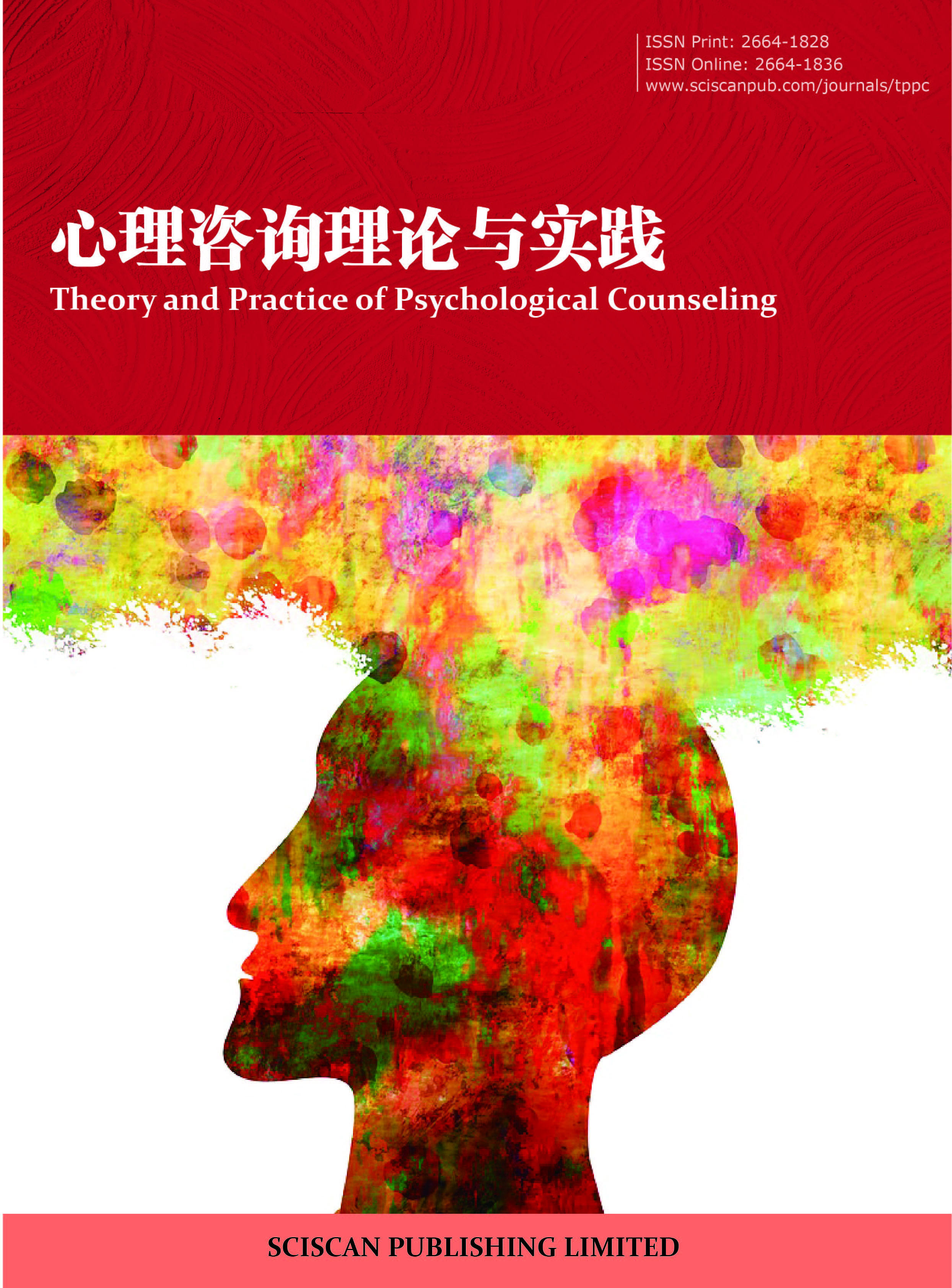Theory and Practice of Psychological Counseling
ISSN Print: 2664-1828
ISSN Online: 2664-1836
Contact Editorial Office
Subscribe to the latest published information from SCISCAN
依恋类型在青少年同伴关系中的作用
The Role of Attachment Type in Adolescent Peer Relationship
- Authors: 蔡一剑
-
Information:
瓦伦西亚大学,瓦伦西亚
- Keywords: 依恋类型;青少年;同伴关系;心理健康;跨文化差异
- Attachment type; Teenagers; Peer relationship; Mental health; Cross-cultural difference
- Abstract: 本研究基于约翰·鲍尔比(JohnBowlby)和玛丽·安斯沃思(MaryAinsworth)的依恋理论,深入探讨了依恋类型对青少年同伴关系所产生的实质性影响。依恋类型(安全型、焦虑型和回避型)在从婴儿期到青春期的关系动态塑造中起着关键作用。本文深入研究了依恋类型与青少年同伴互动之间的复杂相互关系,为理解这一关键人生阶段的社会关系发展提供了重要见解。在青春期,依恋对象由主要的照顾者逐渐转变为同伴和浪漫对象。安全依恋与青少年的恢复力、情绪调节能力以及自尊水平密切相关,使他们能够自信地处理同伴关系。相比之下,具有焦虑型或回避型依恋的个体在建立和维持积极的同伴互动方面面临诸多挑战。安全依恋为信任、情绪弹性以及积极的同伴互动奠定了基础,而不安全依恋则带来了复杂性和挑战。这种影响还延伸到青少年的自尊和心理健康领域,安全依恋与焦虑和抑郁的发生率的降低相关。未来的研究应探索依恋类型的跨文化差异,并制定促进青少年安全依恋的干预措施。本研究为培养健康、积极的同伴关系提供了理论基础,有助于青少年的全面发展,揭示了依恋类型与青少年同伴关系之间复杂而动态的关系,强调了依恋理论对青少年心理健康的深远影响及其在塑造人类发展中的关键作用。
- Based on the attachment theory of John Bowlby and Mary Ainsworth, this study explores the substantial impact of attachment types on adolescent peer relationships. Attachment types (secure, anxious, and avoidant) play a key role in shaping relationship dynamics from infancy through adolescence. This in-depth study of the complex interrelationships between attachment styles and adolescent peer interactions provides important insights into understanding the development of social relationships during this critical life stage. During adolescence, attachment objects gradually change from primary caregivers to companions and romantic objects. Secure attachment is closely related to adolescents’ resilience, emotional regulation, and self-esteem levels, enabling them to confidently handle peer relationships. In contrast, individuals with anxious or avoidant attachment types face many challenges in establishing and maintaining positive peer interactions. Secure attachment lays the foundation for trust, emotional resilience, and positive peer interaction, while insecure attachment creates complexity and challenges. This effect also extends to the areas of self-esteem and mental health in adolescents, with secure attachment being associated with a reduced incidence of anxiety and depression. Future research should explore cross-cultural differences in attachment types and develop interventions to promote secure attachment in adolescents. This study provides a theoretical basis for cultivating healthy and positive peer relationships, contributes to the overall development of adolescents, reveals the complex and dynamic relationship between attachment styles and adolescent peer relationships, and emphasizes the profound impact of attachment theory on adolescent mental health and its key role in shaping human development.
- DOI: https://doi.org/10.35534/tppc.0609065
- Cite: 蔡一剑.依恋类型在青少年同伴关系中的作用[J].心理咨询理论与实践,2024,6(9):529-539.














